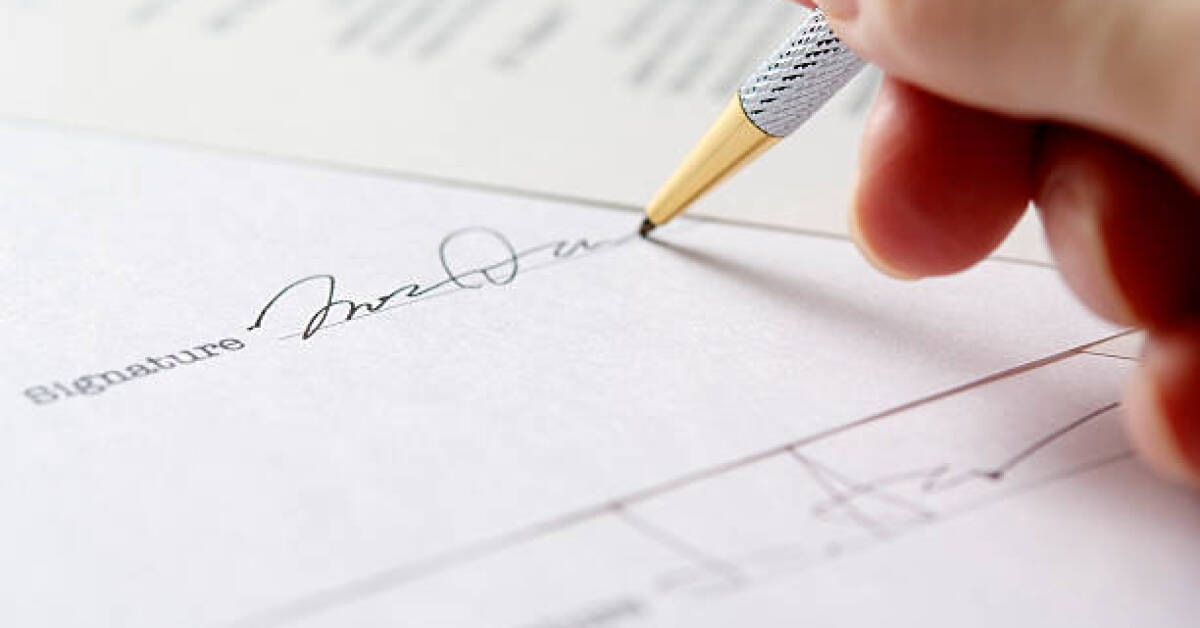Deed of Trust in the UK: A Comprehensive Guide

A Deed of Trust, also known as a Declaration of Trust, is a legal document commonly used in the United Kingdom to outline the ownership structure and financial interests of property co-owners. This legally binding agreement ensures transparency and protection for all parties involved. Whether you're purchasing a property with a partner, a family member, or an investment partner, a Deed of Trust can be instrumental in defining each individual's share and responsibilities.
This article explores what a Deed of Trust is, its importance, key clauses, common uses, and legal implications in the UK.
What is a Deed of Trust?
A Deed of Trust is a formal written agreement that records the financial arrangements between property co-owners. It stipulates how the equity, mortgage repayments, and other financial commitments are divided. This document becomes particularly useful when the legal title of a property is held in one person's name while multiple individuals have a financial interest in it.
Unlike a Trust Deed in Scotland (which refers to a form of personal insolvency), a Deed of Trust in England and Wales primarily relates to property ownership. It is particularly common among unmarried couples, business partners, and family members purchasing property together.
Importance of a Deed of Trust
- Clarity and Transparency: It clearly defines each party’s financial stake, preventing disputes in the future.
- Legal Protection: Ensures that financial interests are protected in case of separation, disagreement, or sale of the property.
- Inheritance Planning: Helps manage inheritance by specifying ownership distribution in line with estate planning.
- Mortgage and Expense Sharing: Clarifies financial responsibilities, including contributions to mortgage repayments, property maintenance, and other expenses.
- Avoiding Assumptions: Without a Deed of Trust, property ownership is typically assumed as equal, which may not reflect actual contributions.
Key Clauses in a Deed of Trust
A well-drafted Deed of Trust should include the following:
- Details of the Co-Owners: Names and addresses of all individuals with a financial interest.
- Property Information: Full details of the property, including address and land registry information.
- Ownership Shares: The exact percentage ownership of each party, based on financial contributions.
- Mortgage Contributions: How the mortgage payments are split among owners.
- Property Sale Agreement: Provisions on how the proceeds will be divided upon sale.
- Exit Strategy: The process for one party to buy out another or sell their share.
- Responsibilities for Maintenance and Costs: Allocation of expenses such as insurance, repairs, and taxes.
- Dispute Resolution Mechanism: Procedures for handling disagreements among owners.
Common Scenarios for Using a Deed of Trust
Unmarried Couples Purchasing a Home Together
If an unmarried couple buys a house together, a Deed of Trust ensures that each person's financial contributions are accurately reflected in ownership.
Parents Helping Children Buy Property
Parents who contribute funds to help their children buy a home may use a Deed of Trust to protect their investment.
Investment Properties Owned by Multiple Individuals
If multiple investors purchase a buy-to-let property, a Deed of Trust defines each investor’s share and profit allocation.
Joint Purchases Among Friends or Relatives
Friends or relatives buying property together can use a Deed of Trust to set clear terms on ownership, contributions, and financial obligations.
Legal Implications and Enforcement
- Binding Nature: A Deed of Trust is a legally enforceable contract that courts will uphold in case of a dispute.
- Registration with Land Registry: Though not mandatory, co-owners may update the Land Registry to reflect the trust’s terms.
- Tax Considerations: Property owners should be aware of Capital Gains Tax (CGT) and Stamp Duty Land Tax (SDLT) implications.
- Impact on Mortgages: Some lenders may require notification or approval before signing a Deed of Trust.
- Legal Advice Recommended: To ensure fairness and enforceability, legal consultation is advised when drafting a Deed of Trust.
How to Create a Deed of Trust
- Consult a Solicitor: Engage a property solicitor to draft the agreement based on your specific needs.
- Agree on Terms: Ensure all parties involved agree on ownership shares and responsibilities.
- Draft and Sign the Deed: The document must be formally drafted and signed in the presence of witnesses.
- Keep a Copy Safe: Store copies securely for reference in case of future disputes.
Conclusion
A Deed of Trust is an essential legal document for co-owners of property in the UK, providing financial clarity and legal protection. Whether you’re an unmarried couple, an investor, or receiving financial support from family, having a Deed of Trust can safeguard your interests and prevent potential disputes. If you’re considering property co-ownership, consulting a solicitor and drafting a Deed of Trust tailored to your needs is a wise step toward secure property ownership.
Visit Parachute Law’s Deed of Trust page today to learn more or start your process.


